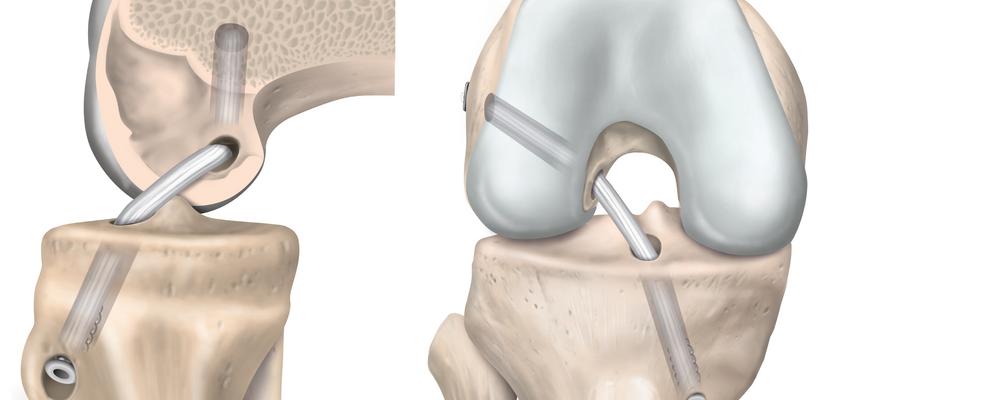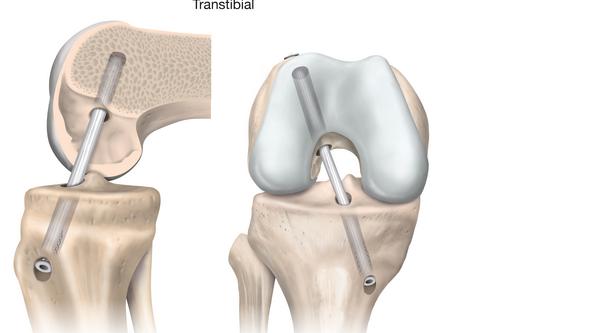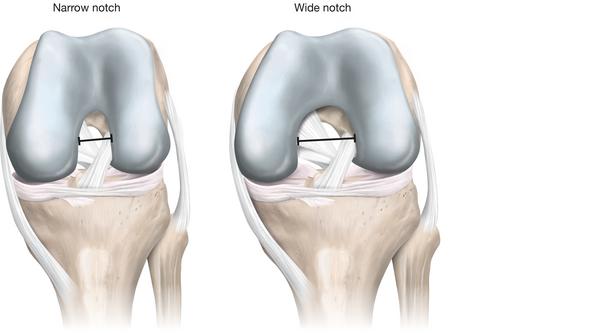
- Home
- Research
- Find research
- Jonathan Hughes: Risk factors for failure of ACL reconstruction
Jonathan Hughes: Risk factors for failure of ACL reconstruction
Anterior cruciate ligament (ACL) injuries are common, particularly among athletes, often leading to life-altering consequences. Jonathan Hughes’ research identifies factors influencing ACL reconstruction success, offering personalized approaches to enhance patient outcomes and recovery.

JONATHAN HUGHES
Dissertation defense: 13 May 2024 (click for details)
Doctoral thesis: Relationship of Surgical Technique and Bony Morphology on Anterior Cruciate Ligament (ACL) Failure- Effect of Surgical Volume on Surgical Technique
Research area: Orthopaedics
Sahlgrenska Academy, The Institute of Clinical Sciences
Anterior cruciate ligament (ACL) injuries are exceedingly common, especially in athletes, and can have a detrimental effect on a patient’s life, sport, and profession. The most common treatment for an ACL injury is a reconstruction, in which the torn ACL is replaced with one of the patient’s own tendons to recreate the ACL.
“While this procedure has a long history of success, there are still high failure rates, which can lead to further surgeries and profound disability for the patient.,” says Jonathan Hughes, an orthopaedic surgeon practicing at the University of Pittsburgh in the United States.
The University of Gothenburg is a world-renowned facility, and I was impressed with the research structure and capabilities
Jonathan Hughes specializes in sports medicine and arthroscopic surgery, focused on the shoulder and the knee.
“A seamless process”
How did you come to choose to pursue your doctorate in Gothenburg instead of back home in the US?
“The University of Gothenburg is a world-renowned facility, especially in the field of orthopaedics. I chose to pursue my PhD here to foster international relationships and collaborations with the faculty at the University of Gothenburg, as well as broaden my orthopaedic knowledge outside of the University of Pittsburgh,” Jonathan Hughes explains, continuing:
“Additionally, our two institutions have an existing collaboration that made it a seamless process. I took several trips to Gothenburg throughout my time as PhD student and was impressed with the research structure and capabilities at the University of Gothenburg. I hope to continue this relationship in the future.”

Identifying risk factors
What does your research focus on?
“The goal of my research is to help identify risk factors for failure of ACL reconstruction, in order to counsel patients on the risk of surgical failure as well as potentially guide future research into minimizing or eliminating these risks.”
What are the most significant findings?
“My thesis found that positioning of the ACL graft in the bone can affect patient outcomes and failure rates after ACL surgery. Additionally, the amount of ACL surgeries a surgeon performs per year can affect outcomes, as surgeons who don’t perform ACL surgery often had a higher failure rate and worse outcomes. Lastly, we identified certain risk factors related to the patient’s bone structure in the knee that may affect their outcomes.”

“An individualized approach”
What patient benefits can this research provide?
“These findings will assist the treating surgeon in providing an individualized approach to anatomic ACL reconstruction while avoiding pitfalls that may lead to postoperative complications including ACL graft failure.”
What has been enjoyable and challenging about your doctoral project?
“It is quite enjoyable to identify a problem in my profession and potentially improve the process, whether surgical or clinical, especially if it helps patients in their recovery. The most rewarding aspect of my profession is watching patients return to their normal activities and excel in their sport or profession after surgery,” says Jonathan Hughes, adding:
“The most difficult aspect of my thesis was identifying risk factors that cannot be modified, which means we can only counsel the patients about their risks without being able to intervene.”
Text: Jakob Lundberg